

Introduction to Variable Resistors: Construction, Types and Applications
Catalog
Overview of Variable ResistorsConstruction of Variable ResistorsTypes and Applications of Variable ResistorsFrequently Asked QuestionsWrapping UpRelated ArticlesOverview of Variable Resistors
As the name implies, a variable resistor is a passive component with three terminals, capable of adjusting its resistance through the third terminal situated between the other two. This adjustment allows for the increase or decrease of the current flow's resistance. Consequently, the circuit symbol for a variable resistor includes an arrow indicating the variability of resistance. The electrical symbol for a variable resistor is depicted in the following figure.
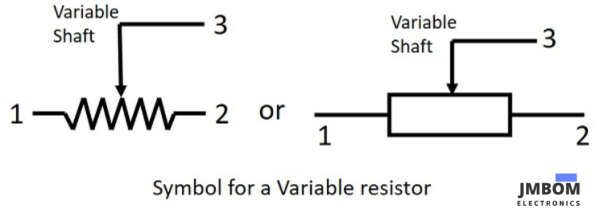
circuit symbol for a variable resistor
Variable resistors are extensively used in electrical circuits to adjust current or voltage levels due to their ability to have their resistance set to specific values. By altering the resistance, variable resistors enable the adjustment of voltage while maintaining a constant current.
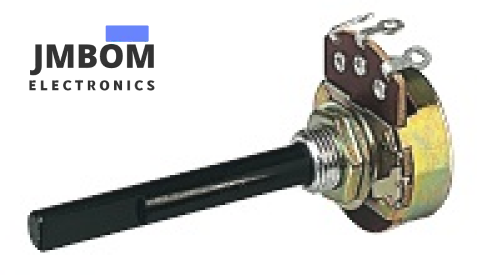
Variable resistor
Construction of Variable Resistors
Different types of variable resistor function on a similar principle. They feature a set resistance, known as the resistive element or track, that spans between two end terminals. A central terminal is linked to a mechanical control, often a knob, and this terminal, or wiper, is in direct contact with the control mechanism. The resistance across the three terminals can be modified by turning the central control.


Construction of variable resistor
Types and Applications of Variable Resistors
The terminal setup and resistive value of a variable resistor can be modified to accommodate a range of environmental factors. The various categories of variable resistors include:
Potentiometer, Rheostat, Wirewound resistor, Thermistor, Varistor, Photoresistor.
Potentiometer
Potentiometers provide precise resistance control through the use of a dial or a sliding mechanism. The resistance level in a potentiometer is modulated by a wiper that is moved by rotating a knob. In addition to the "wiper" terminal, potentiometers possess two other terminals, commonly known as the "input" and "output" terminals. The two predominant types of potentiometers are linear and rotary. Linear potentiometers are used in applications such as audio equipment for volume control, whereas rotary potentiometers are used in scenarios that involve rotational settings, like adjusting radio dials.
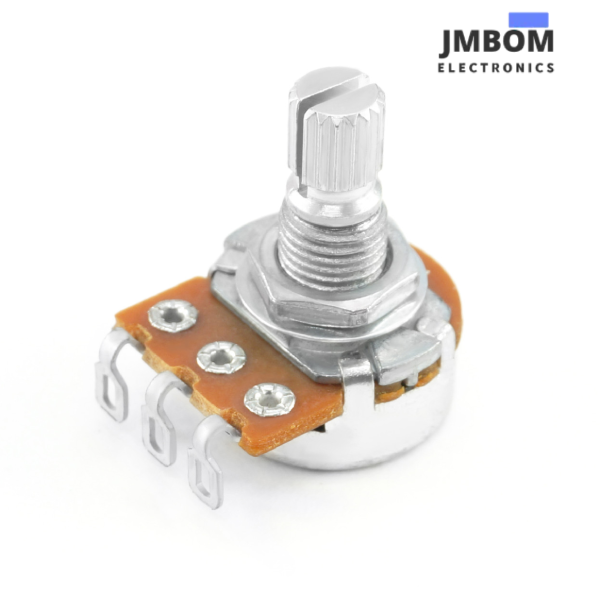

Potentiometer
Rheostat
Rheostats are a specific type of variable resistor that features a two-terminal design. Unlike potentiometers, which are primarily used for voltage control, rheostats are engineered to manage the flow of current within a circuit by varying electrical resistance. They are wired in series with a load, such as a light bulb or an electric motor. By altering the position of a wiper along a resistive element, the resistance in series with the load is modified, thereby regulating the current. Rheostats are frequently used in applications like light dimming switches and controlling the speed of motors.
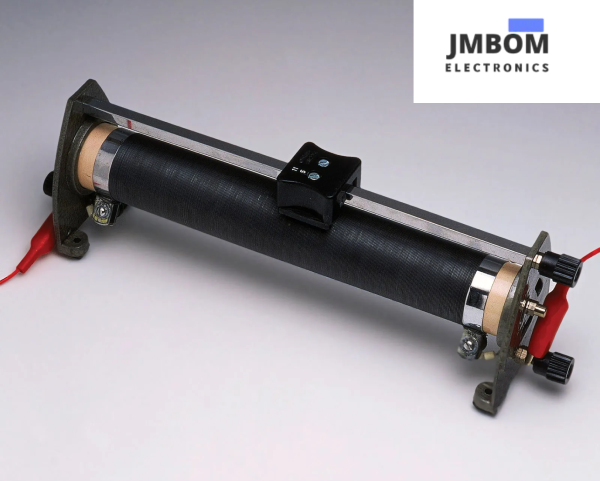
Rheostat
Wirewound resistor
Wirewound resistor engineered by coiling a resistive wire around an insulating mandrel, are famous for their accuracy and capacity to manage substantial power loads. While wirewound resistors come in both fixed and variable types, the variable kind permits the modification of the resistance by changing the length of the resistive wire that is incorporated into the circuit. These resistors, which also possess a two-terminal configuration, are employed in applications requiring exact resistance specifications, such as in delicate measuring devices and high-power electronic setups.

Wirewound resistor
Thermistor
Thermistors, being two-terminal temperature-sensitive resistors, demonstrate variations in their electrical resistance in response to temperature changes. They are primarily divided into two types: negative temperature coefficient (NTC) and positive temperature coefficient (PTC). For NTC thermistors, resistance decreases temperature increases, yet PTC thermistors respond by increasing their resistance with a rise in temperature. This unique behavior is crucial for their roles in temperature management systems, including thermostats, and for maintaining temperature stability in a range of electronic devices.
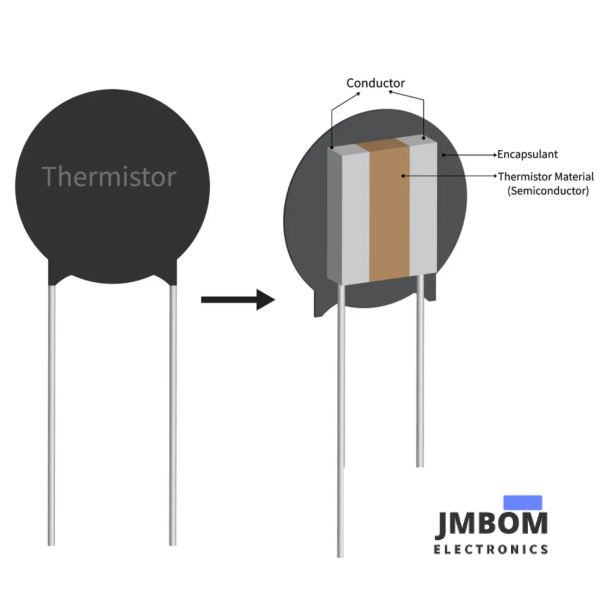
Thermistor
Varistor
Varistors, referred to as voltage-dependent resistors (VDRs), are two-terminal variable resistors that serve as protective elements in electronic circuits against voltage transients and spikes. Typically, they maintain a high level of electrical resistance under standard operating conditions, but their resistance drops dramatically when subjected to overvoltage conditions. This property enables varistors to divert excessive voltage away from delicate circuitry by conducting high currents through themselves, thus safeguarding the sensitive components. They are commonly used for surge protection in electronic systems.
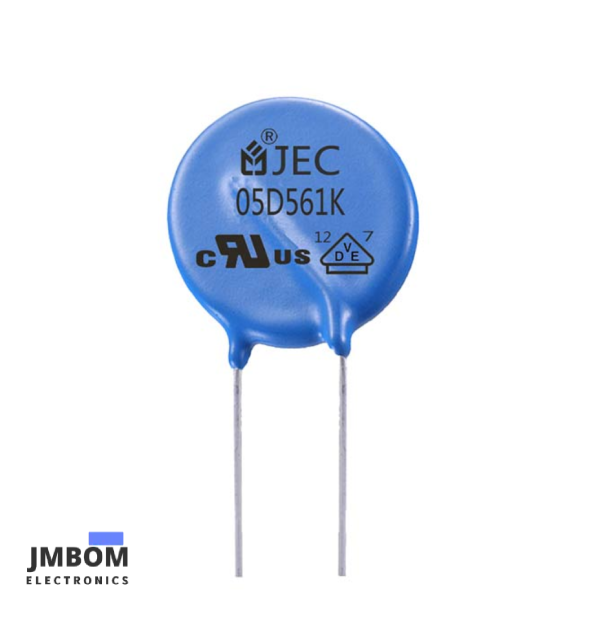
Varistor
Photoresistor
Photoresistors, or light-dependent resistors (LDRs), are two-terminal devices whose resistance varies with the intensity of light they are exposed to. As the light level rises, the resistance of an LDR decreases, allowing it to detect and respond to changes in ambient lighting. This characteristic enables LDRs well-suited for applications such as automatic light control systems and light-activated security alarms.
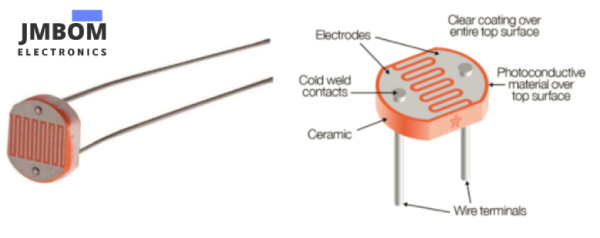
Photoresistors
Frequently Asked Questions
Do variable resistors get hot?
When current passes through a variable resistor, it generates heat. Typically, the amount of heat generated is minimal and not palpable, yet it is indeed present.
What are variable vs fixed resistors?
The primary difference between a fixed resistor and a variable resistor lies in the fact that a fixed resistor maintains a unchanging resistance value, whereas a variable resistor permits the resistance to be modified across a predetermined range.
What is the common fault associated with variable resistor?
Failures in variable resistors typically manifest as open circuits, often due to the wear and tear of the wiper arm mechanism. Over time, issues such as resistance drift and increased noise can arise as the wiper arm ages. Short circuit failures are also considered rare for variable resistors.
Wrapping Up
Variable resistors play a central role in the control and adaptability of electronic systems, and mastering their various types and uses is essential for achieving expertise in the field of electronics.
Related Articles
How To Read Resistor Color Code
What Ballast Resistor is and How It works
What Is a Resistor? & How it Works
Subscribe to JMBom Electronics !













